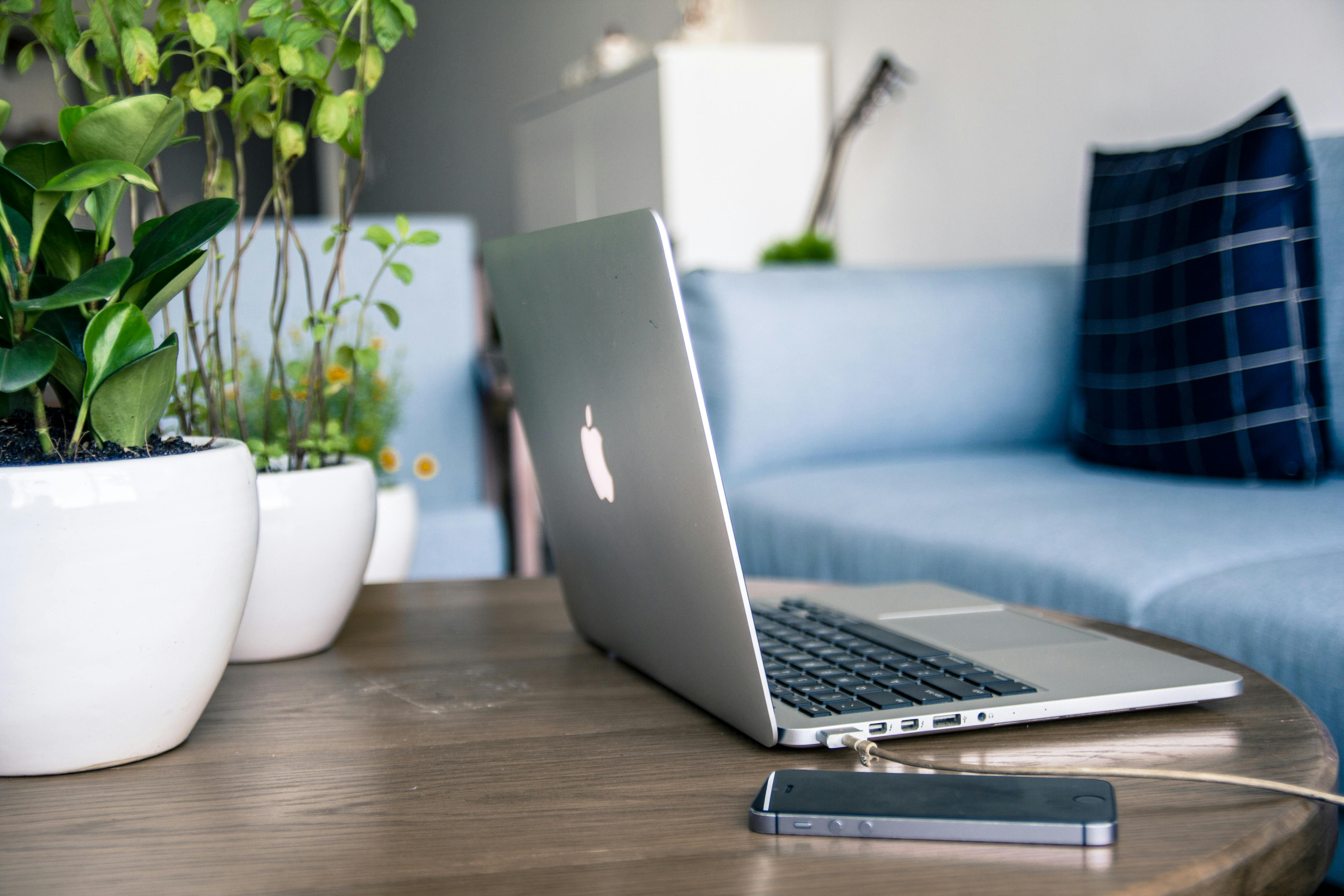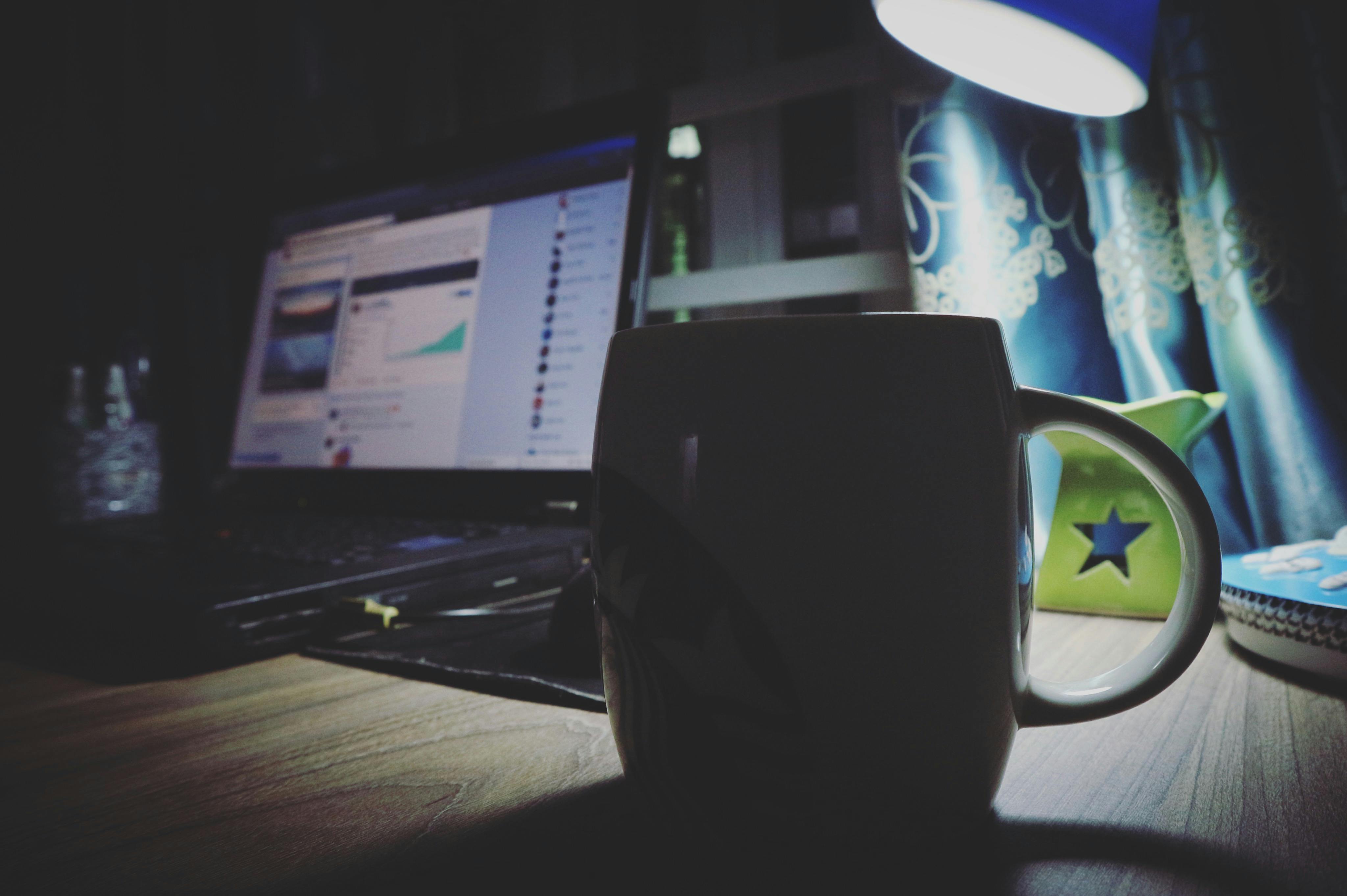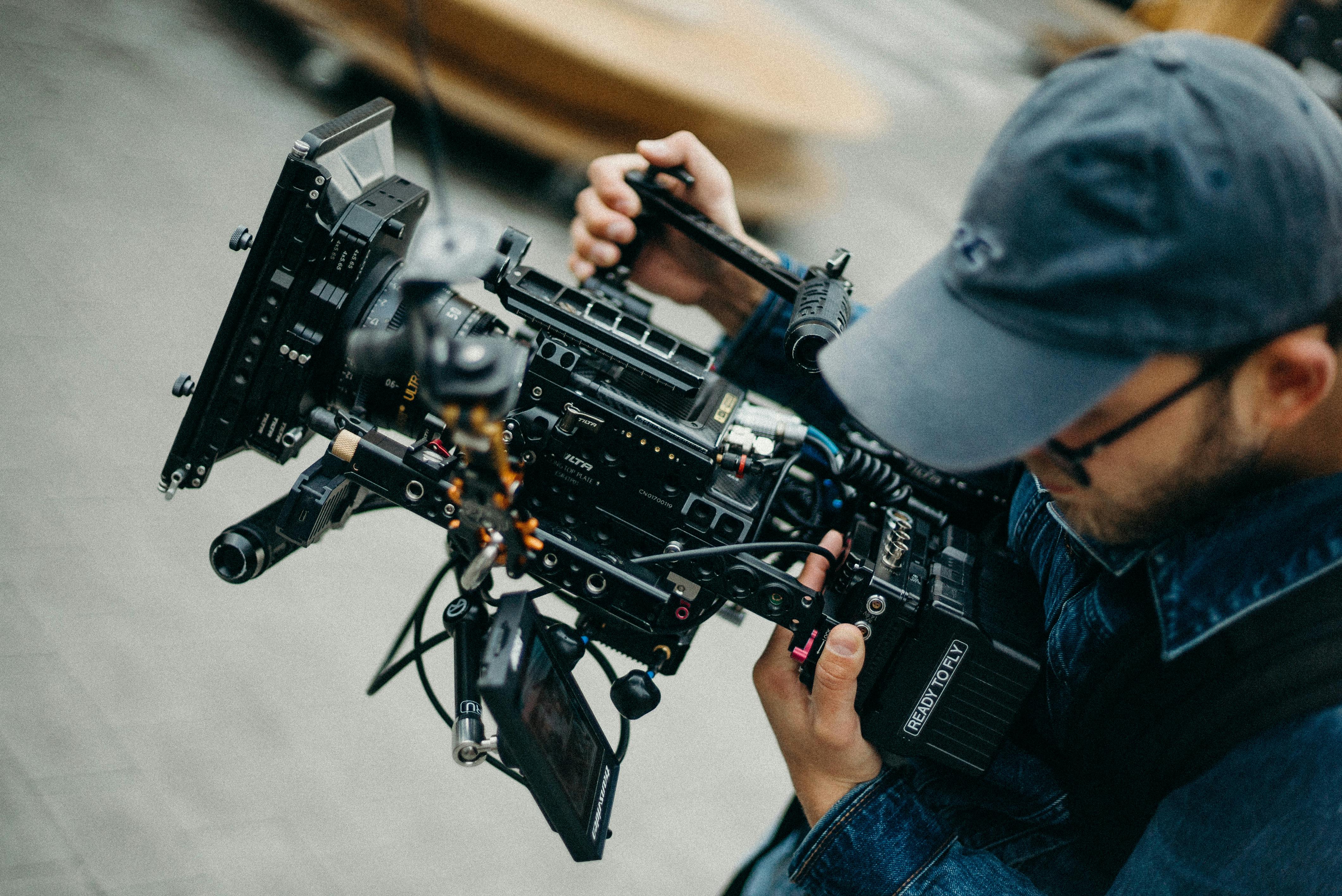Acoustic pianos, whether upright or spinet, studio or grand, are the usual choice. They have a real mechanical action, giving you more sound control and producing a better tone and timbre.
As a result, when you press the keys, you can “feel” the slight vibrations as the felt hammers hit the metal strings, hear the acoustic reverberations, and shape the sound with the pedals like a potter shapes wet clay.
Plus, when you play a Chopin nocturne, you know you’re playing the same instrument Chopin used to play, ensuring a more authentic and intimate musical experience, the kind championed by renowned musicians like Josef Lhevinne and Andre Watts.
However, digital pianos provide unique advantages that acoustic pianos do not. They are lightweight and portable, while acoustic pianos are bulky and heavy. Digital keyboards do not require tuning, which can be expensive, and are resistant to fluctuations in humidity.
They have volume controls and headphone ports, allowing you to practice in peace without disturbing others. Many keyboards include recording capabilities, allowing you to save and play back your performances, and some even connect to your computer, allowing you to produce original sheet music using software like Finale, Sibelius, and others.
If you had told me years ago to select between an acoustic and an electric piano, I would have said acoustic. Such dogmatism is no longer conceivable in today’s world. Unless he plans to be a world-class musician who captivates Carnegie Hall audiences, his digital options serve as an equally valid alternative to his musical endeavours.
After you’ve decided on an instrument, it’s time to get serious about learning. Remember that there is no one-size-fits-all solution when evaluating your options. Even the best option for you will be unsatisfying. So let’s take a look at your options together and consider the pros and cons of each.
STANDARDS TO FOLLOW CURRICULUM FOR TEACHING PIANO:
This is the most reliable and complete do-it-yourself technique because it corresponds to the approved pedagogical curriculum (“piano instruction”). Choose from classics like Alfred Piano Methods, Bastien Piano Basics by Kjos, the Faber and Faber Piano Adventures series, and the Suzuki Method if you go this route.
These are the strategies used by most piano teachers, and with good reason. These methods were designed by music education specialists, and these famous curricula have effectively instructed students for years.
Although each series will have a philosophical or pedagogical subtlety that differentiates it from the others, they all tend to follow a similar pattern. Additional but optional materials can be provided, such as books with popular tunes, Christian hymns, performance songs, Christmas melodies, duets, and more. As you will see, there are numerous resources available with this DIY method.
Each book in the series can cost between $7 and $30. However, you may be able to save money by buying used editions from sites like Amazon or eBay. You’ll get the most comprehensive DIY learning experience possible on a reasonable budget by following this standard curriculum method.
Most of these curricula include clear and comprehensive explanations of key topics, with colorful markings and drawings to help you overcome the lack of an instructor. Still, you will have to work very hard. If you don’t understand a concept, you’ll need to turn to Google or YouTube for help or find an expert musician ready to answer your questions.
STUDY OF MUSIC THEORY AND APPLICATION OF WHAT YOU HAVE LEARNED ON THE KEYBOARD:
This plan takes a less comprehensive approach than a full piano curriculum, focusing solely on music theory. This means that you will concentrate on the textual and structural parts of the music rather than the skill, style and practice of playing the keyboard (you will have to guess these last elements yourself).
You will need some intrinsic musicality and a greater personal ability to apply and interpret knowledge in a practical and musical way without outside assistance to benefit from this strategy. This strategy, complicated as it may seem, has some advantages.
You can buy the academic books of the established curricula that I mentioned earlier for a few dollars without buying the techniques and practices books. You can also purchase a book like Willard Palmer’s The Complete Book of Chords, Arpeggios, and Cadences, which is dedicated to presenting piano theory thoroughly and efficiently.
This method can save you a lot of money and prepares you to play the piano smartly. You will learn to think about the music you play very carefully. To summarize, think of this strategy as a “steroidalized” game by ear. You’ll learn how to create musical sounds and melodies while understanding what you’re doing on the piano and why you’re doing it that way. However, you will not learn how to sit, how to position your arms and hands, how to press the keys, how to make complex progressions, or how to express yourself as maturely as possible.
REALIZATION OF EAR:
If learning to play the piano solely through music theory is “on steroids,” then playing by ear is… well, err… playing by ear without steroids. This method can only please the most adventurous learner because he will only learn what he can discover for himself, and even then, he will not know what he has found.
Unsurprisingly, this is the most cost-effective option because there are no teachers to pay or books or syllabi to buy. (See Hear and Play for some lesson plans to help you follow this strategy.) However, the most significant disadvantage of this approach is that you will receive no help or assistance other than yourself.
To play existing songs by ear, you must listen to the songs you want to play carefully and repeatedly. Then, by trial and error, you should try to play those songs on your keyboard, first figuring out the melody, then adding additional notes and harmony later.
You must first imagine the sounds in your mind before you can perform new music. Then you have to try out the sounds on the keyboard out loud to see if you can match them. Examine the keyboard and see what comes up for an even more basic approach. Then keep playing until you find some noises you like, then keep going!
DIY approaches They make learning the piano cheaper and more practical, but they limit your ability to go deeper into the subject.
traditional techniques They provide unrivaled personal tutoring and the highest conceivable limit, but they are also the most expensive.
Technological approaches provide entertainment, visual and graphic materials that are significantly less expensive than conventional forms. Still, they are denied the right to provide answers to their queries and nurture a diminished sense of musicality.
Finally, a new hybrid technique makes many of the benefits of private classes available online via live video conferencing, though it still costs a lot of money. Isn’t it wonderful that you have so many options? Now is the time to assess your goals, passions, finances, and resources. Which keyboard and learning method(s) best suit your needs and personality?



